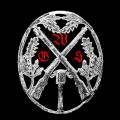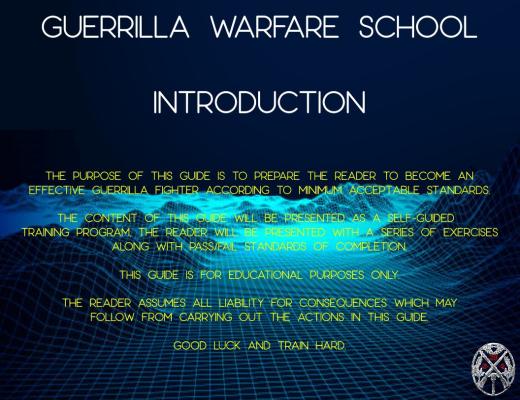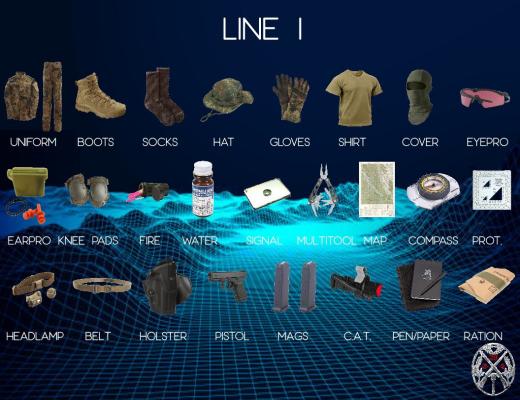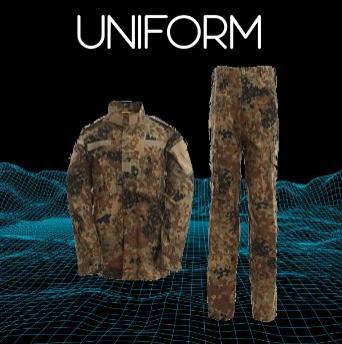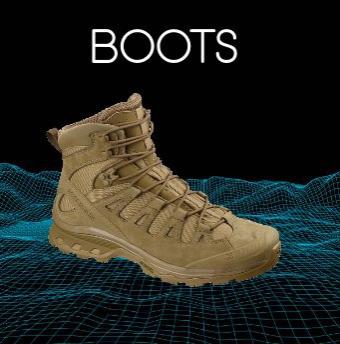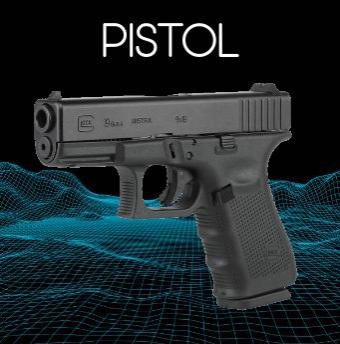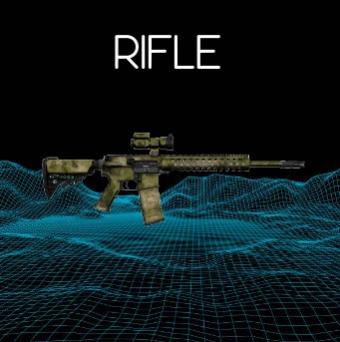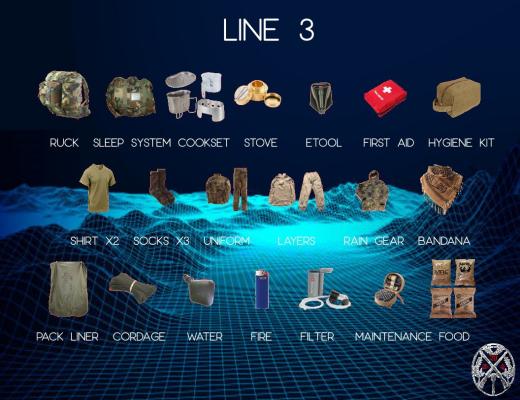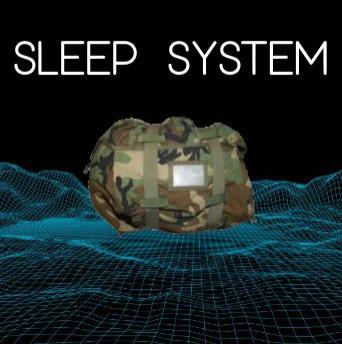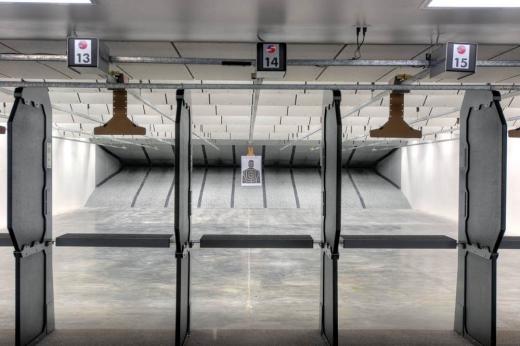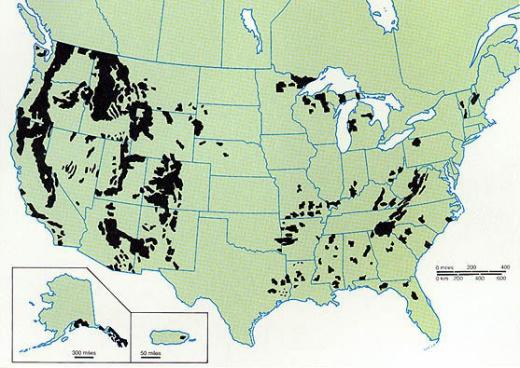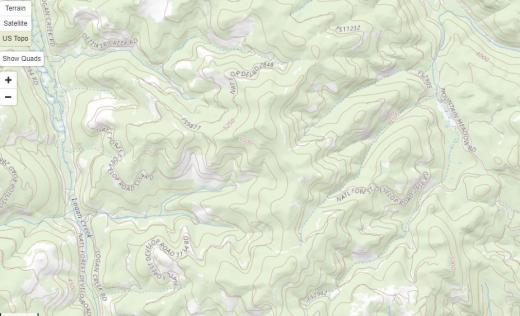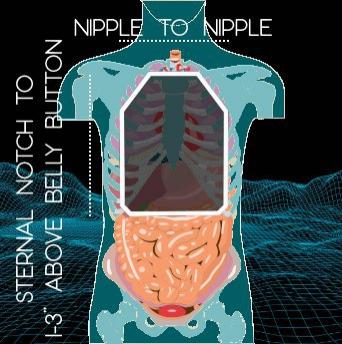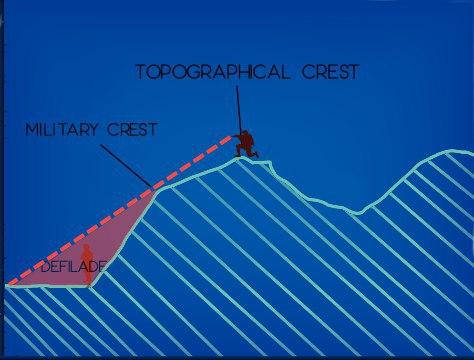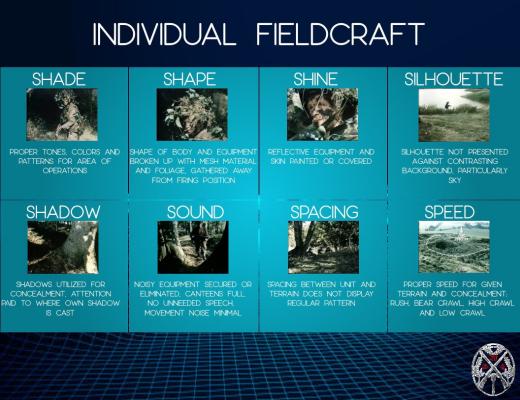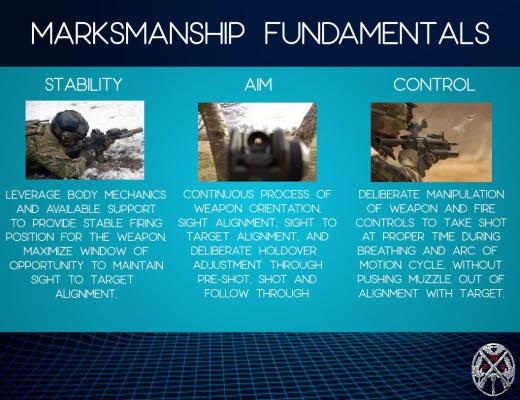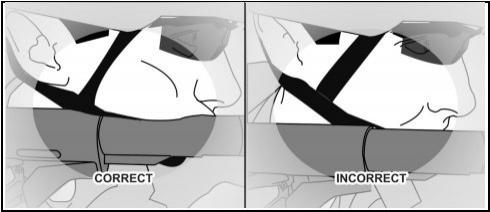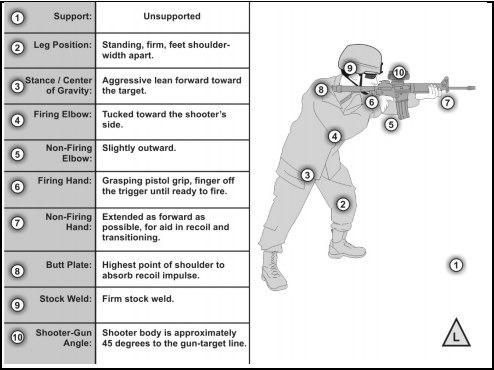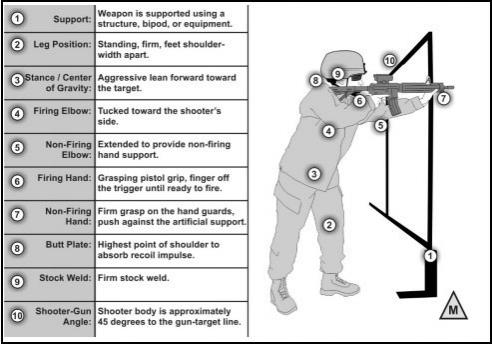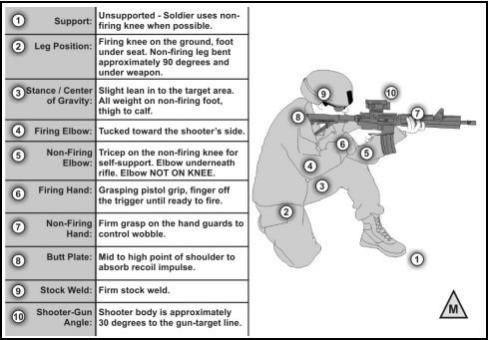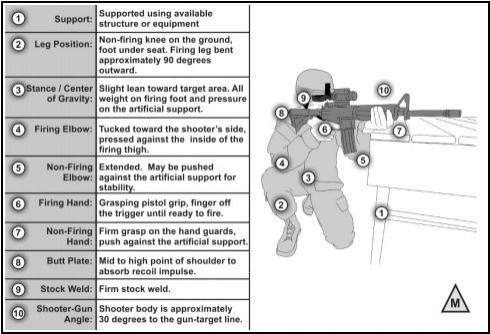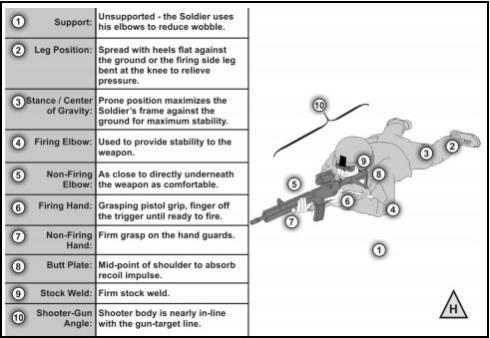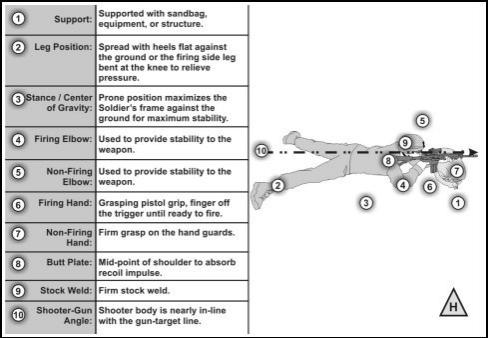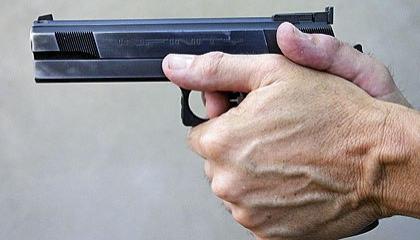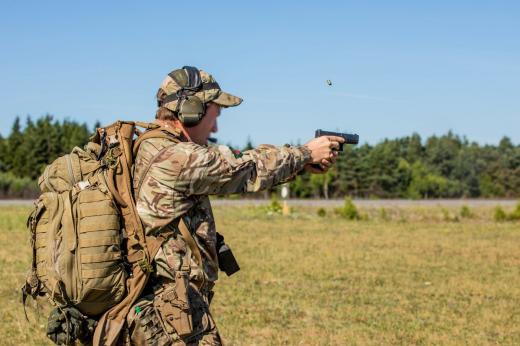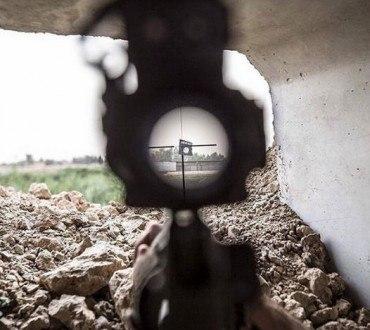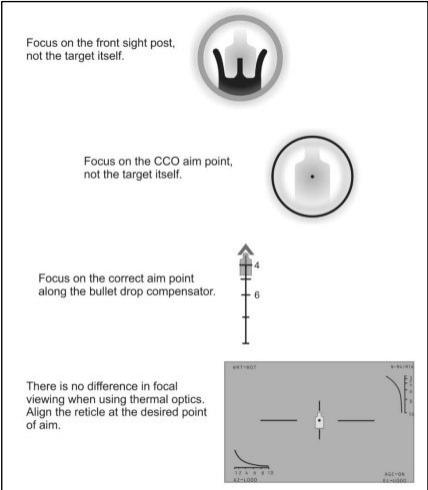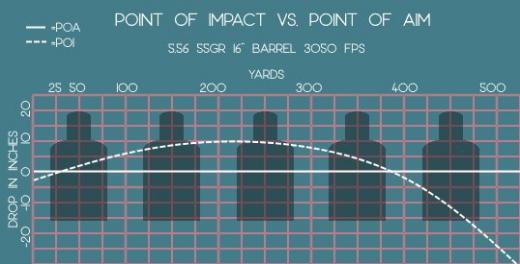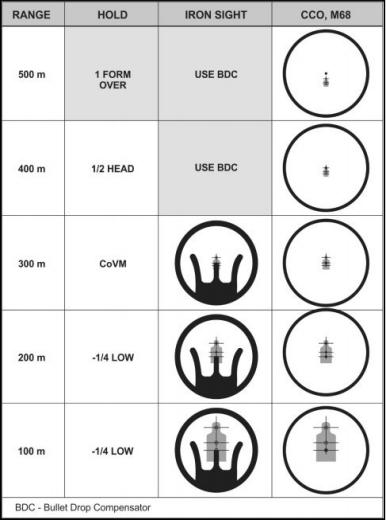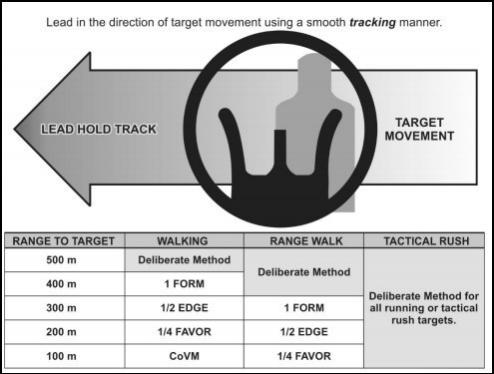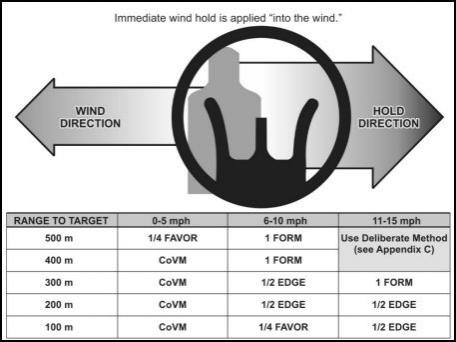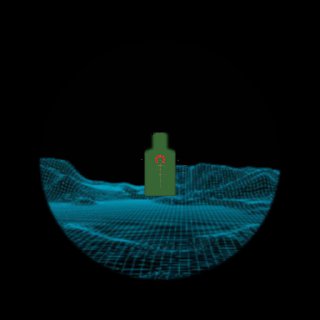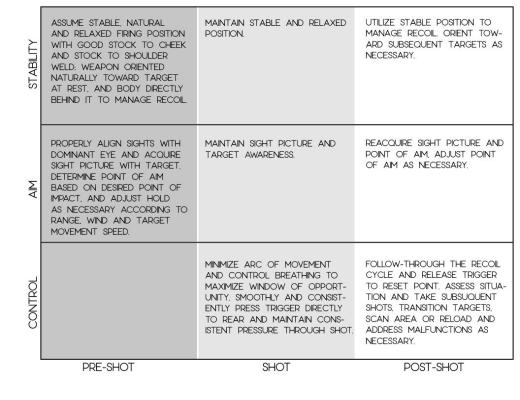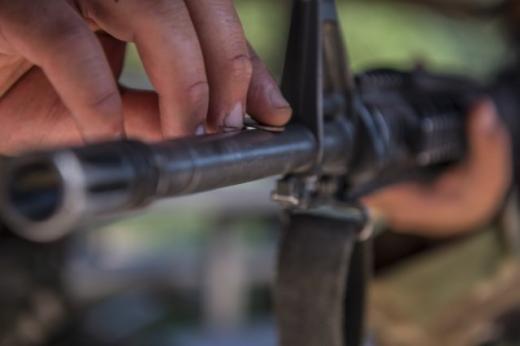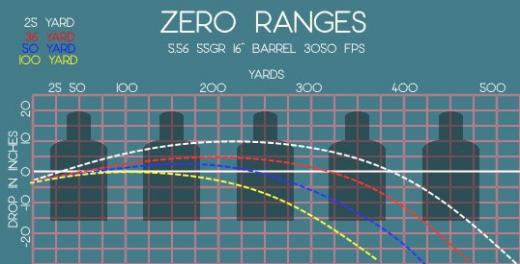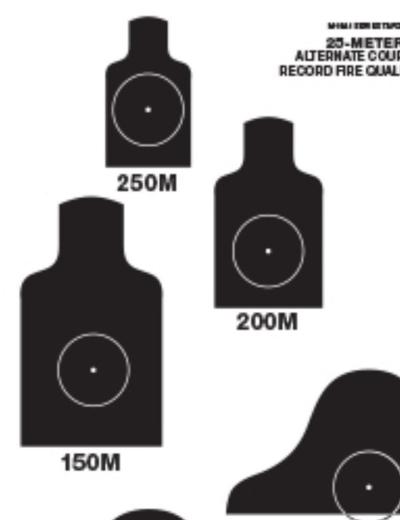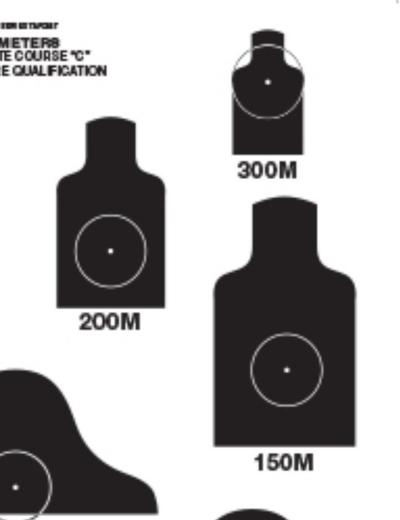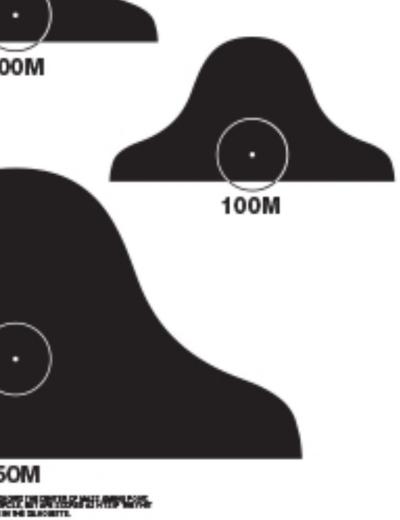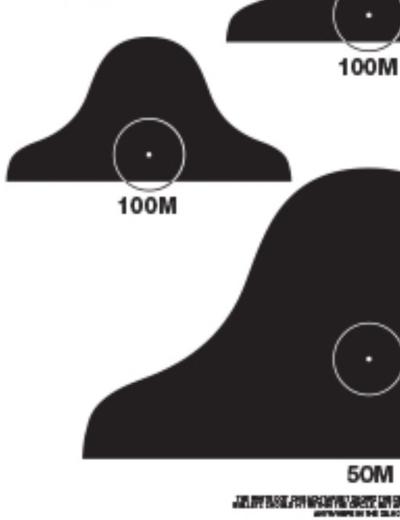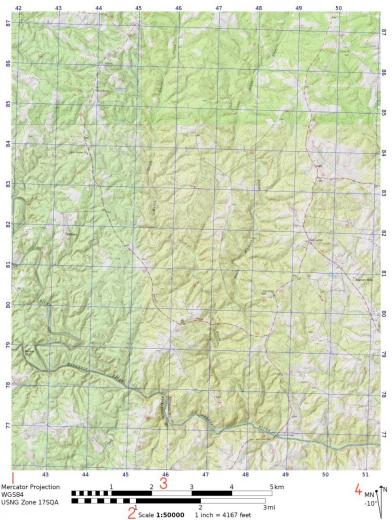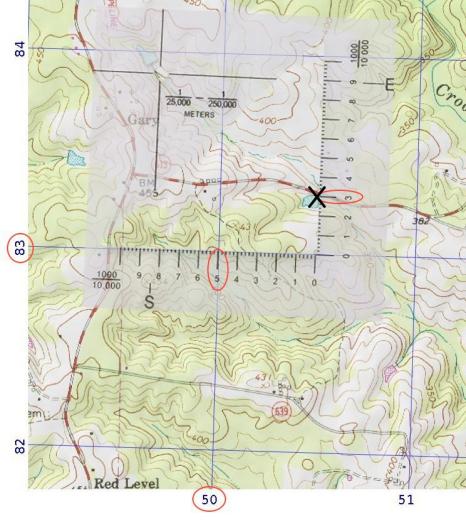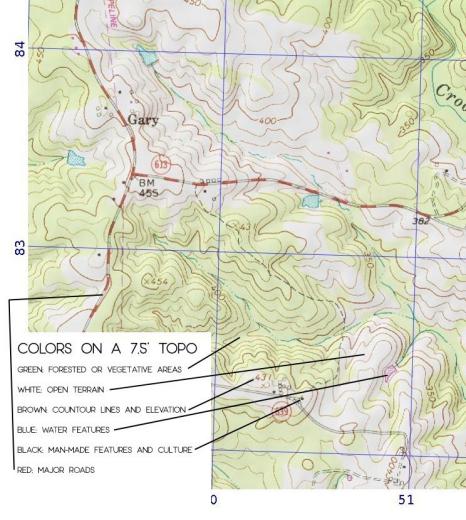23:57
Guerrilla Warfare School
Cookset and Stove:
This will include instruments for heating and eating food and boiling water. If a 1 quart canteen is being used, a steel canteen cup makes an excellent, space saving option for a small pot. There are many different types of stoves available, but a solid fuel or alcohol burning stove will take up the least space and weight when compared to a gas stove. An additional benefit to solid fuel stoves such as Esbit stoves is that they can employ small sticks as fuel, meaning that fuel shortage will rarely be an issue.
Entrenching Tool:
Modern entrenching tools are folding shovels that can be employed in several configurations for a wide variety of tasks. They can be used as a shovel, pick, root saw, chopping instrument, seat, and if worse comes to worse, a weapon.
First Aid Kit:
In contrast with the IFAK, which is meant to provide immediate, temporary treatment to life-threatening injuries, a general first aid kit should include items used to treat minor cuts, stings and burns. A minor cut may not seem like a big deal, but if left untreated it can become infected.
Items for treating foot-related ailments should not be overlooked. Foot powder or baby powder can be used to keep feet dry and healthy. Moleskin can be used to isolate blisters and prevent them from becoming worse. Waterlogged or blistered feet can make an already stressful experience soul-crushing.
Hygiene Kit:
Any items necessary for personal grooming and maintenance shall be included here. It is important to maintain good hygiene during extended time in the field. Baby wipes can be used in lieu of running water for a field expedient bath. Additionally, sunscreen and bug spray are important outdoor items.
Extra Clothing:
Extra clothing, in particular extra socks, should be kept dry inside the pack. At the very least, it is vitally important that a dry set of clothing be kept to change into at night when the temperature drops. It may not be fun to wake up and change back into a wet set of clothes, but it’s better than hypothermia.
Thermal Layers:
A thermal base layer (top & bottom), fleece jacket liner and fleece or wool watch cap will help maintain body temperature at night, and can extend the working range of a sleeping bag considerably.
Wet Weather Top & Bottom:
Rain gear should always be available in case of adverse weather. Military issue Goretex jackets and pants are well worth their cost.
Bandana/Shemagh:
Basically the only piece of cotton advisable in the field, a cotton bandana has a litany of survival uses. It can be used to filter large particulates out of water. When combined with ground up charcoal from a camp fire, it can even be used as an emergency water filter. It can be used as a bandage, splint, container, and of course a face covering.
Water Proof Pack Liner:
A waterproof bag of some type should be used to line the ruck in order to protect the items inside. Given an airtight seal, it will make the pack buoyant. At the very least, a couple of large trash bags should be used for this purpose.
Cordage:
An additional hank of 550 cord, or even a length of rope, should be stored in the ruck.
Water carrier:
And additional two quart canteen or water bladder should be carried in the ruck, expanding water capacity of the full kit to at least three liters. Water should be kept topped off as much as possible, particularly if using canteens or water bottles; sloshing water is noisy.
Maintenance Kit:
Weapons and equipment maintenance is a critical task. As such, a weapons cleaning kit, sewing kit, and small selection of basic tools should be carried in the ruck.
